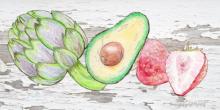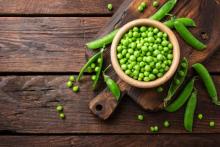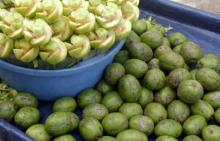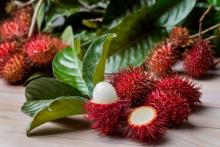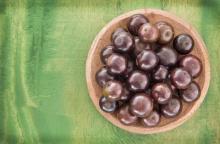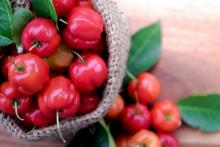8 Spring Superfoods
Spring is here! With the arrival of spring comes a whole new bounty of fresh fruits and vegetables. Ripe avocados, lush strawberries, and leafy spinach are here to give you a refreshing break. Take advantage this spring and indulge in some superfoods that work hard to detox your body from a long winter of rich food and inactivity. Ripe for the picking, these eight superfoods are just waiting to go from the garden to your table.

